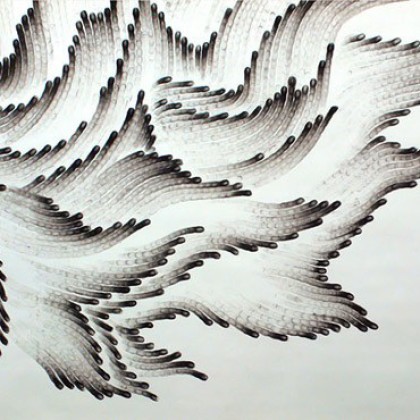

Coating CapacitanceĪ capacitor is formed when a non-conducting medium, called the dielectric, separates two conducting plates. If you are less experienced or you want to brush up on your basics, try our application note primer on EIS theory and practice. Experienced EIS users should have no problems with the level of the discussion. You also need a basic understanding of EIS to follow the discussion in this note. This Primer introduces the terminology used in talking about potentiostats and some potentiostat ideas that are used in the remainder of this application note. If you are not very knowledgeable concerning electrochemical instrumentation, review Gamry’s Primer on Potentiostats application note. This note concludes with some specific recommendations for getting meaningful EIS spectra on coating systems that are difficult to measure. Gamry Instrument potentiostats will be used as examples, but the discussion will apply to EIS systems built around any potentiostat. The rest of this application note describes the effects that a potentiostat can have on EIS measurements of coated metals. The spectra look the same because you are measuring the characteristics of your potentiostat, not those of the paint. You are attempting to make measurements that are beyond the capabilities of the potentiostat in your EIS system.You have a very high-quality paint that gives very reproducible EIS spectra.There are two common causes for this complaint: I obviously cannot use the results to evaluate paint performance.

All (or most) of these spectra look the same, regardless of the changes that I makes in my paint formulation. I’ve recorded many EIS spectra on painted metal samples immersed in electrolyte. I’m trying to use Electrochemical Impedance Spectroscopy (EIS) to predict the corrosion resistant properties of paints. EIS of Organic Coatings and Paints Introduction


 0 kommentar(er)
0 kommentar(er)
